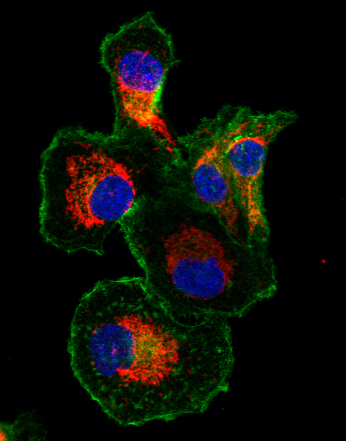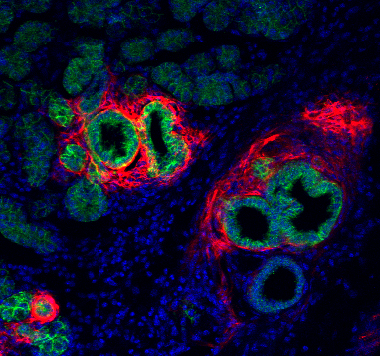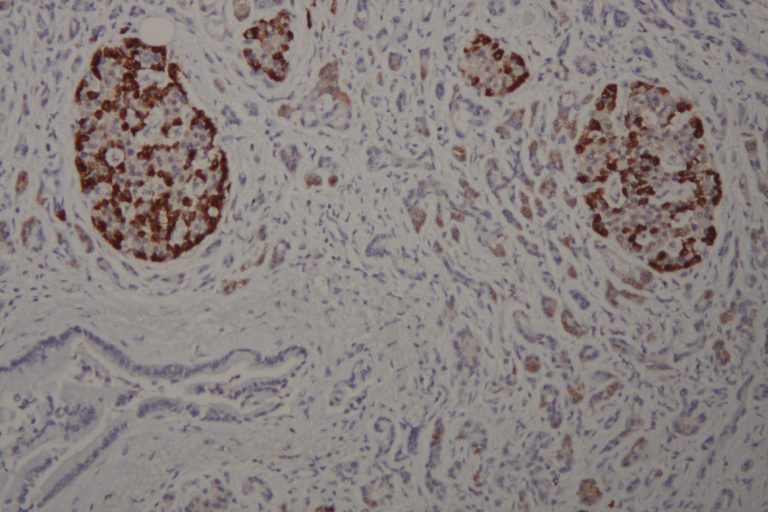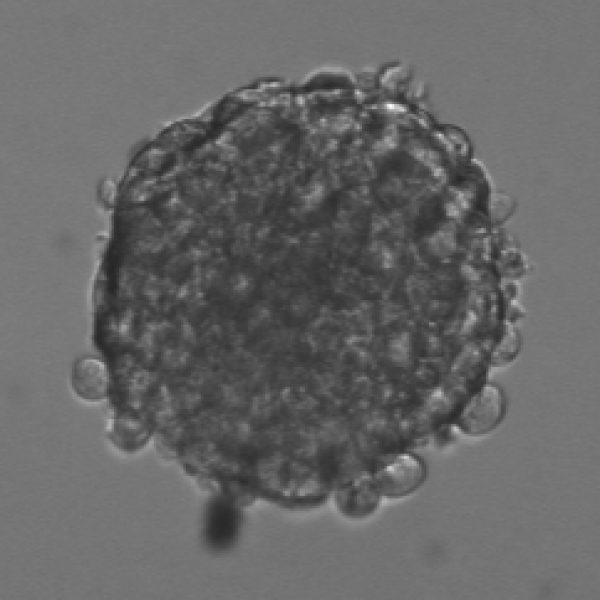Research
PDAC tumors are extremely chemo and immunotherapy resistant due to the early metastatic dissemination, rich desmoplastic stroma that limits drug delivery, the presence of highly resistant cancer stem cells and the immunosuppressive infiltrate. Drugs that target any of these mechanisms/components are potential candidates for PDAC treatment. Regrettably, development of new drugs is expensive and the approval and translation into the clinic often take between 10 and 15 years. In contrast, repurposing of drugs already approved for other uses (that have been tested in humans, and for which information is available on pharmacology, formulation and potential toxicity) enables quick translation into clinical trials and integration into health care. Recently, it has been recognized that therapy for chronic diseases can have an impact on the progression and outcome in cancer patients. REPANCAN project will establish a novel use for a class of imidazoline receptor agonists for treatment of PDAC. This will be achieved by integration of bioinformatic analysis, molecular and cell research and a retrospective patient study.
PDAC Cells



